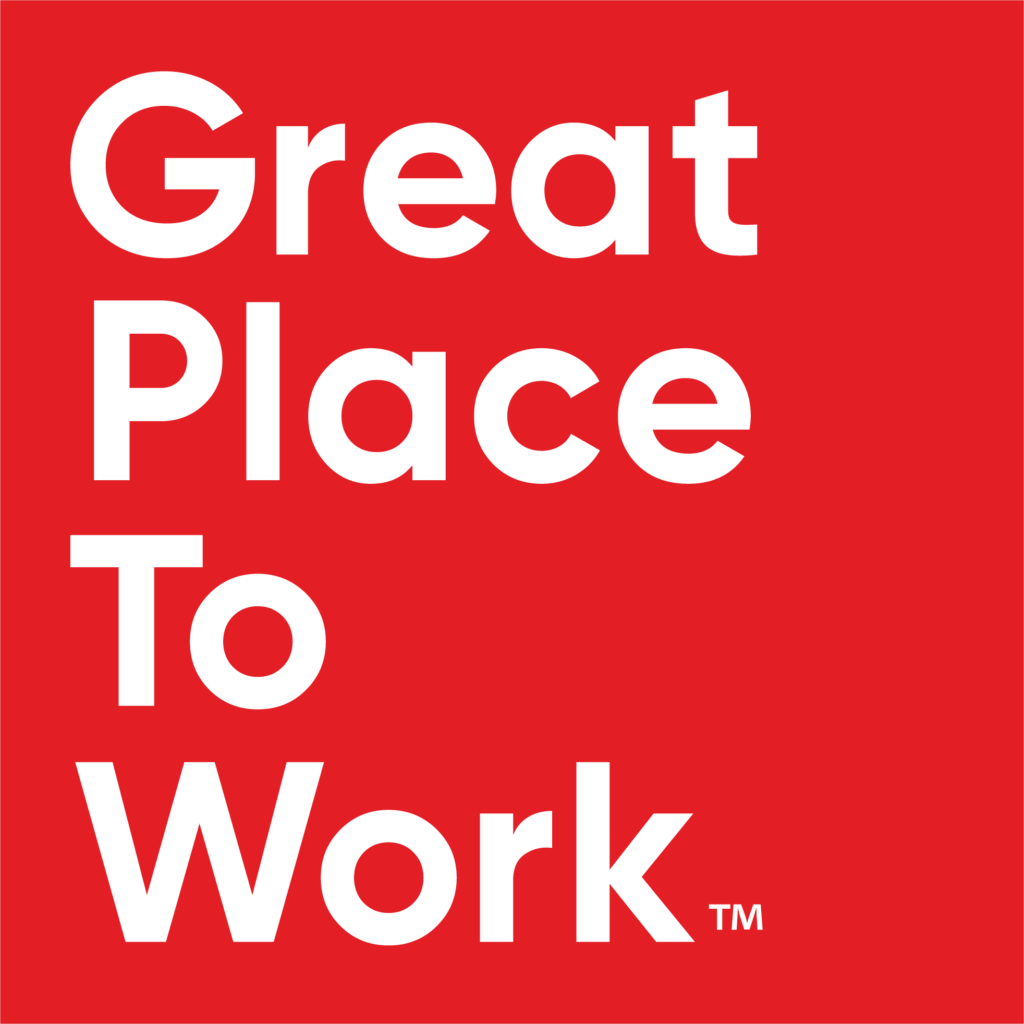Diversity and inclusion (D&I) is more than policies, programs, or headcounts. Equitable employers outpace their competitors by respecting the unique needs, perspectives and potential of all their team members. As a result, diverse and inclusive workplaces earn deeper trust and more commitment from their employees.
What is the difference between diversity & inclusion?
Diversity and inclusion are two interconnected concepts—but they are far from interchangeable. Diversity is about representation or the make-up of an entity. Inclusion is about how well the contributions, presence and perspectives of different groups of people are valued and integrated into an environment.
An environment where many different genders, races, nationalities, and sexual orientations and identities are present but only the perspectives of certain groups are valued or carry any authority or influence, may be diverse, but it is not inclusive.
What is diversity & inclusion in the workplace?
A diverse and inclusive workplace is one that makes everyone, regardless of who they are or what they do for the business, feel equally involved in and supported in all areas of the workplace. The “all areas” part is important.
Do you have diversity in your recruiting, in each of your departments, and in your leadership? Or do you have a workplace where 50% of your employees are women but 0% of your women are managers? Do you have good representation of employees of color overall, but all of them are in the same department?
These telling questions reveal true diversity and inclusion in the workplace.
Why is diversity & inclusion in the workplace Important?
Research has shown many benefits of a diverse and inclusive workplace:
- Higher revenue growth
- Greater readiness to innovate
- Increased ability to recruit a diverse talent pool
- 5.4 times higher employee retention
Inclusion in the workplace is one of the most important keys to retention.
When employees don’t feel that their ideas, presence or contributions are truly valued or taken seriously by their organization, they will eventually leave.
Our research on company culture shows that when employees trust that they, and their colleagues, will be treated fairly regardless of race, gender, sexual orientation or age, they are.
- 9.8 times more likely to look forward to going to work
- 6.3 times more likely to have pride in their work
- 5.4 times more likely to want to stay a long time at their company
Having an inclusive workplace culture will not only help you attract a diverse set of talent but also help you retain the diverse talent you attracted in the first place.
What is an inclusive workplace?
The diversity that lacks genuine inclusion is often called “tokenism.” An inclusive workplace doesn’t just have a diversity of people present, it has a diversity of people involved, developed, empowered and trusted by the business.
What is the difference between diversity, inclusion and belonging?
The difference between diversity, inclusion and belonging is that diversity is the representation of different people in an organization, inclusion is ensuring that everyone has an equal opportunity to contribute to and influence every part and level of a workplace, and belonging is ensuring that everyone feels safe and can bring their full, unique selves to work.
What is For All?
For All™ is Great Place to Work’s definition of a workplace culture that has evolved beyond “Diversity & Inclusion.”
The goal of the For All approach is to create a consistently high-trust workplace experience for everyone, no matter who they are or what they do for the organization.
For All is the accumulation of day-to-day experiences that help people feel they belong, that their unique talents matter and that their individual needs are cared for by their colleagues and leaders. When companies experience the very human acts of acknowledgment, inclusion, dignity and compassion, that is when they can achieve For All.
For All is critical for success. Workplaces today are more diverse and globally connected than ever before. With the complexities of today’s work environment, leaders must tap into the collective intelligence to maximize the potential of every person.
Technological and social changes continue to alter the landscape in every industry. Organizations will need the human judgment, empathy, passion and creativity of all their people to realize the full promise of the era’s new technologies, increase agility and inventiveness and address the challenges of an increasingly demanding, vocal marketplace.
Organizations that remain “For Some” workplaces will risk losing money, earning less and falling behind their competitors in this disruptive climate. However, the companies that succeed with For All will cultivate tremendous value from their people’s differences and will thrive.







